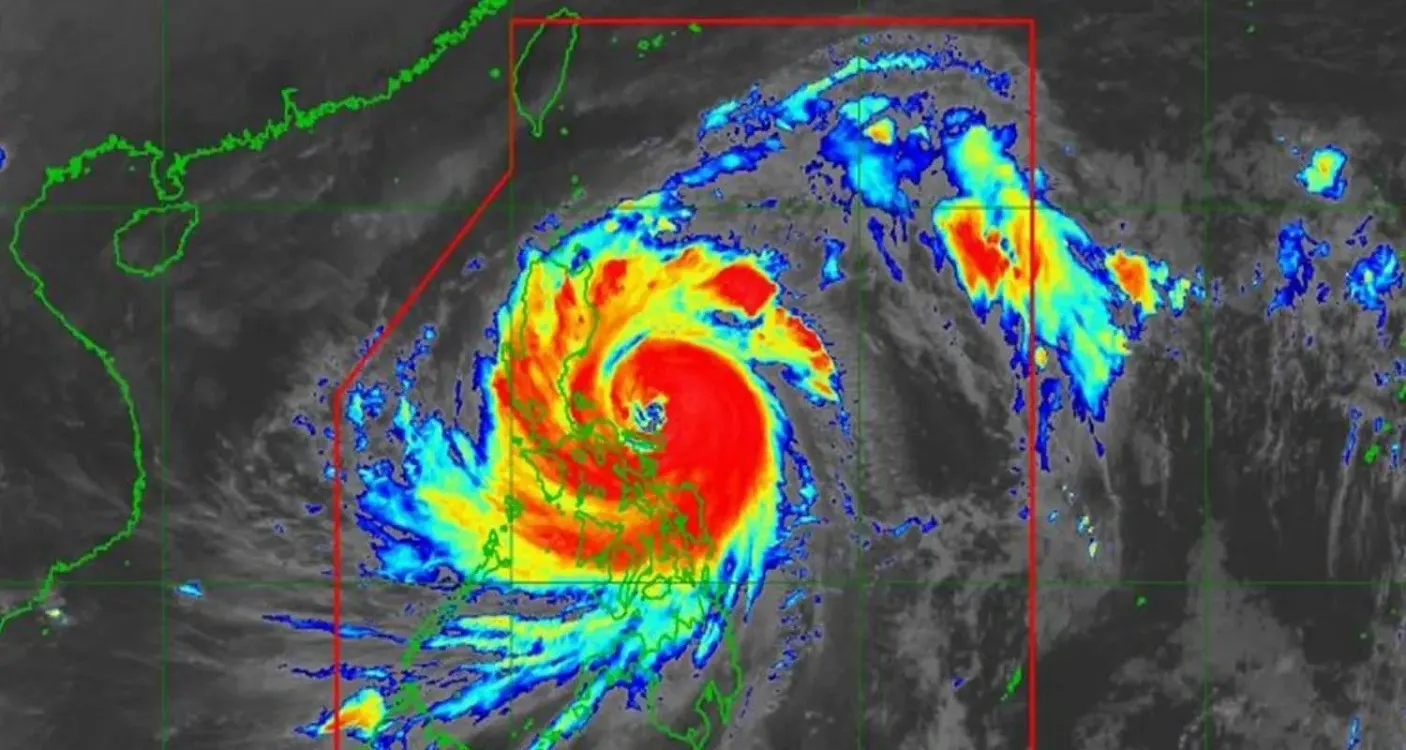


The Philippines is confronting a serious, back-to-back crisis as Super Typhoon Fung-wong (known locally as Uwan) approaches for an expected late-Sunday or early-Monday landfall, just days after the destructive Typhoon Kalmaegi.3 Fung-wong, with a radius spanning nearly the entire country, intensified into a super typhoon with sustained winds of 185 kph (115 mph) and gusts up to 230 kph.
The typhoon is forecast to make landfall in the central Luzon province of Aurora by late Sunday or early Monday morning, moving west-northwestward.
The state weather service has raised Tropical Cyclone Wind Signal (TCWS) No. 5, the highest warning level indicating extreme, life-threatening conditions, over areas of southeastern Luzon, including Catanduanes and coastal sections of Camarines Norte and Camarines Sur. Signal No. 3 is active for Metro Manila. More than 100,000 residents across the eastern and northern regions of the Philippines have been evacuated. Rescuers in Aurora province are encouraging coastal residents to move to higher ground.
Catanduanes, a small island expecting a "direct hit," is already experiencing intense wind and rain, with reports of powerful storm surges causing waves to crash over coastal streets. Residents are employing traditional methods, like strapping down roofs, to secure their homes.
Meteorologists expect 200 millimeters (eight inches) or more of rain, warning of widespread flooding and the potential overflow of major river basins. Intense rain warnings are in effect for Catanduanes, and are forecast to shift to Northern and Central Luzon provinces, including Aurora and Cagayan, on Monday. Authorities have issued a Red Storm Surge Warning for numerous coastal areas in the Bicol Region and other towns in Luzon, warning of surges over three meters in height.
Over 300 domestic and international flights have been cancelled, and power outages have already been reported in parts of Eastern Visayas. Fung-wong arrives as the country is still reeling from Typhoon Kalmaegi, which was the deadliest storm of 2025.
Kalmaegi killed at least 204 people and left 109 missing in the Philippines, with five more fatalities in Vietnam. Cebu province accounted for nearly 70 percent of the deaths.
The approaching Super Typhoon Fung-wong forced the temporary suspension of search and rescue and retrieval operations in hard-hit areas of Cebu due to the risk to rescuers. Officials expect the number of missing to rise as some access routes remain blocked.
Scientists warn that the back-to-back occurrence and intensity of these storms are linked to human-driven climate change, where warmer oceans and a warmer atmosphere lead to rapidly strengthening typhoons and heavier rainfall.
Comment